Currently studying for an MA in Graphic Communication at Chelsea College of Art and Design, Sean Murphy's portfolio shows depth and breadth, from woodcut typefaces to a raft of digital apps.
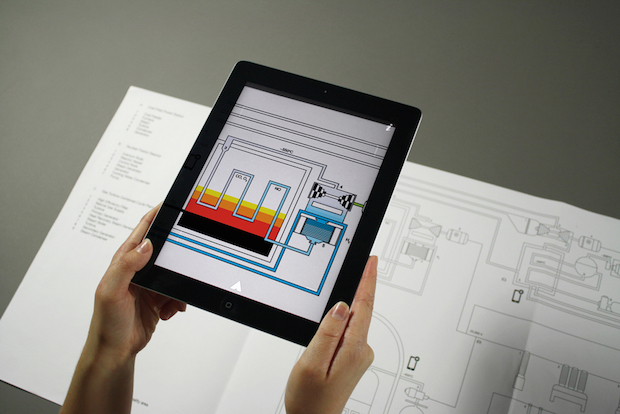
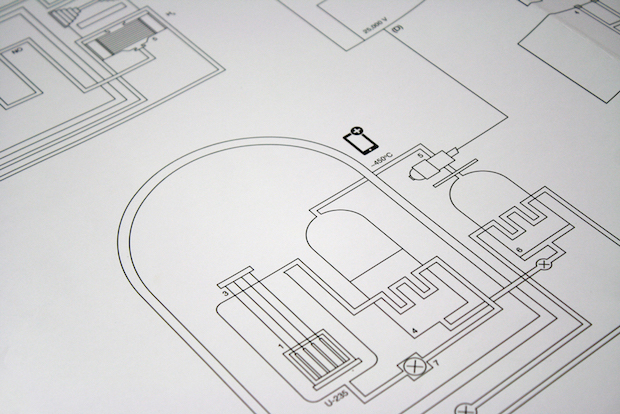
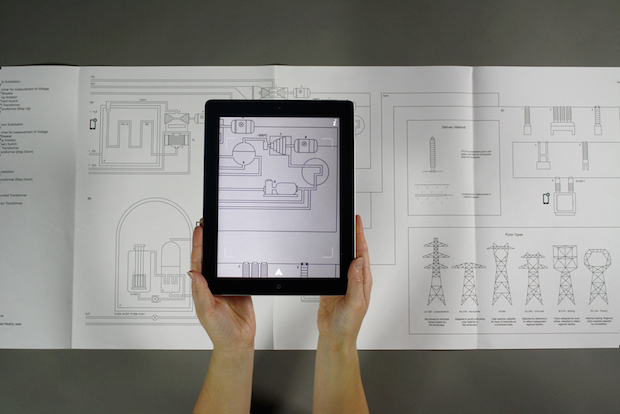
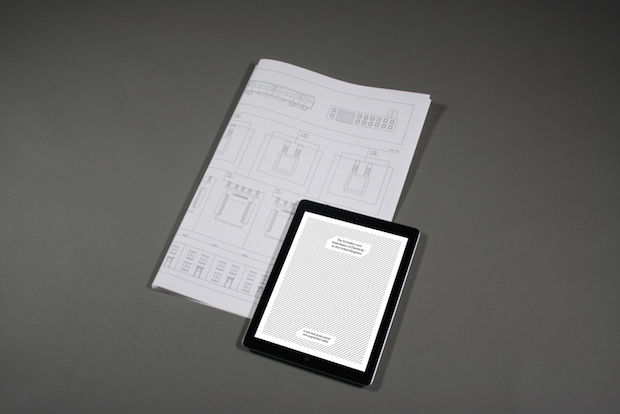
How would you describe your style?
I can’t really put my finger on one specific style for my work. I try to approach every project with a blank slate and work to an outcome, which I believe to be suitable for that specific brief. I am definitely more and more technologically influenced and I find myself working in an increasingly digital-centric way. However, I still call upon physical prototyping and making fairly frequently.
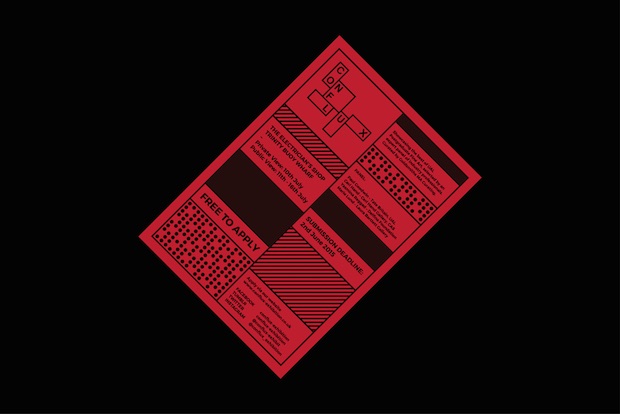
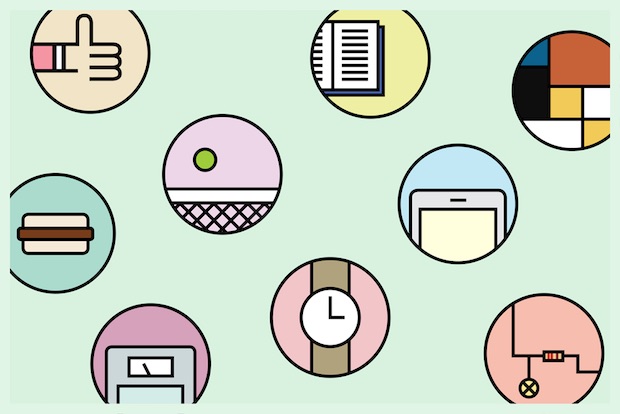
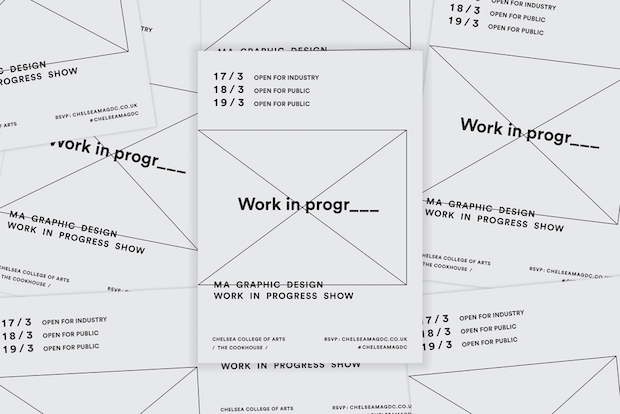
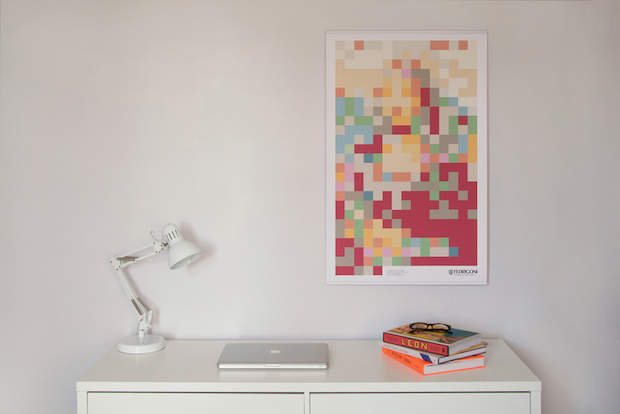
Tell us a little bit about your Crate Sans typeface?
Crate Sans is a display typeface, which I designed in the final year of my BA. The main influence behind the typeface was the shipping industry and the bold sans serif typefaces that are used on containers and ships. Geometry determined the anatomy of the typeface as the design is based on perfect circles and squares with a fixed bar height for most of the letters.
A lot of your projects have digital elements too, how has working on both helped you develop as a designer?
Seeing the direction in which the industry is heading spurred me to work more with digital. Learning to code and build websites has opened up a new avenue of thinking that I didn’t possess before. It has given me an insight into fantastic projects that are being worked in the industry on has influenced my work greatly.
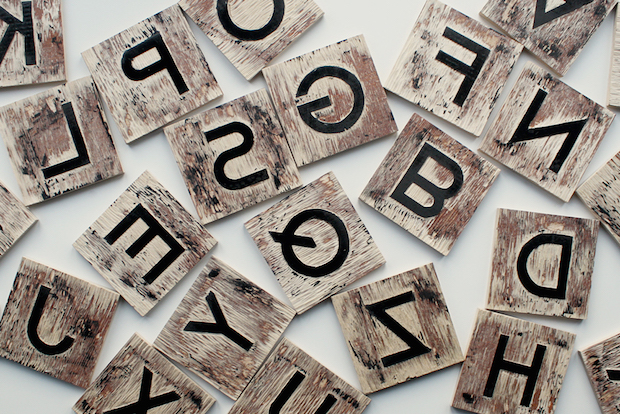
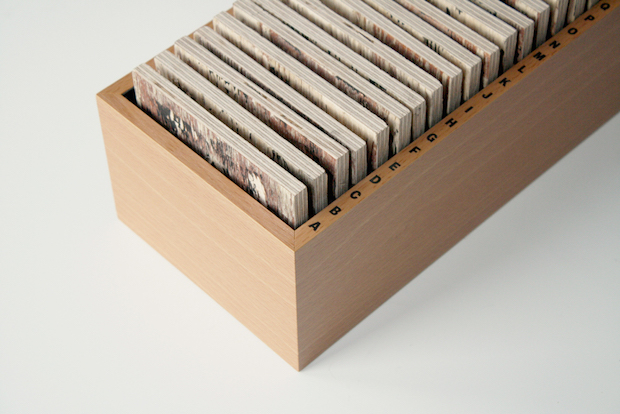
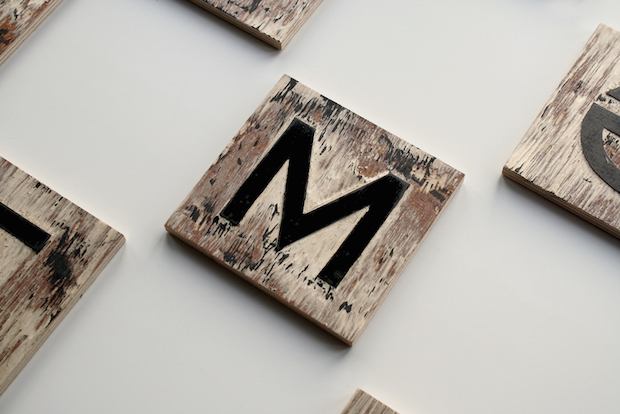
Tell us about another project you’ve particularly enjoyed.
I collaborated with Chinhwee Tan on a project, which was part of Fred Deakin’s Collabology workshop. We proposed a toilet finding app called wewee that becomes a social community showcasing restroom culture. We only had four days to complete the whole project in which time we built a pop-up Nineties-themed toilet and presented our idea to UAL, Falmouth and Manchester University.
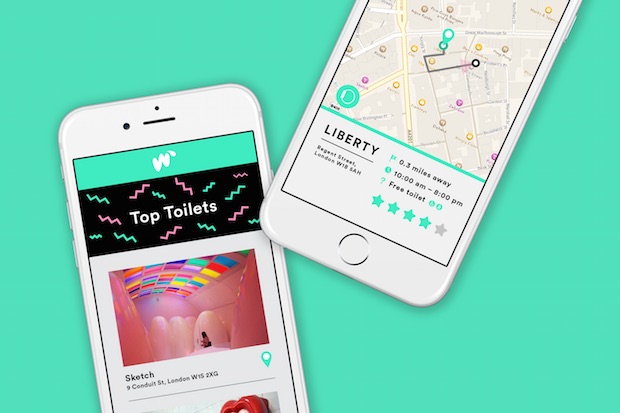
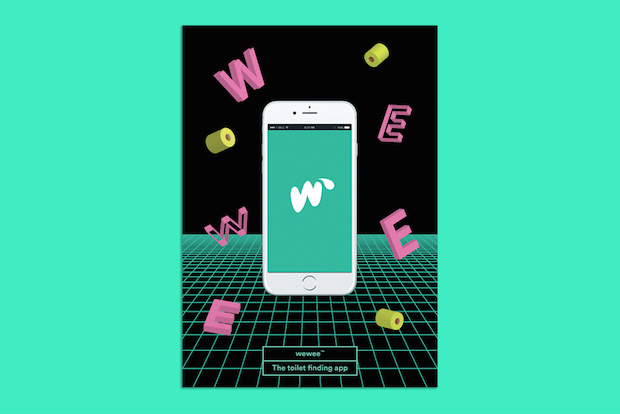
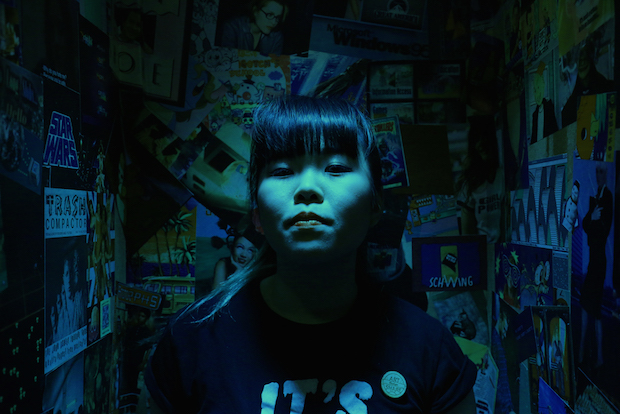
What are you working on at the moment?
I am currently building a device called Storyboard, which allows readers to create their own unique narrative. The board is driven by Arduino and consists of a series of buttons, a thermal printer and an LCD screen. Each button calls on a different style of writing (i.e. dialogue, reflection). When the ‘dialogue’ button is pressed, a paragraph of dialogue is picked at random from a database and stacked on the LCD screen. Paragraphs continue to stack on the screen as various buttons are pressed. When the user is happy with their narrative, the ‘generate’ button is pressed which outputs their narrative on thermal receipt paper. The device’s aim is juxtapose the linear act of reading allowing the user to make decisions after the publication of content.
seanmurphy.co.uk

